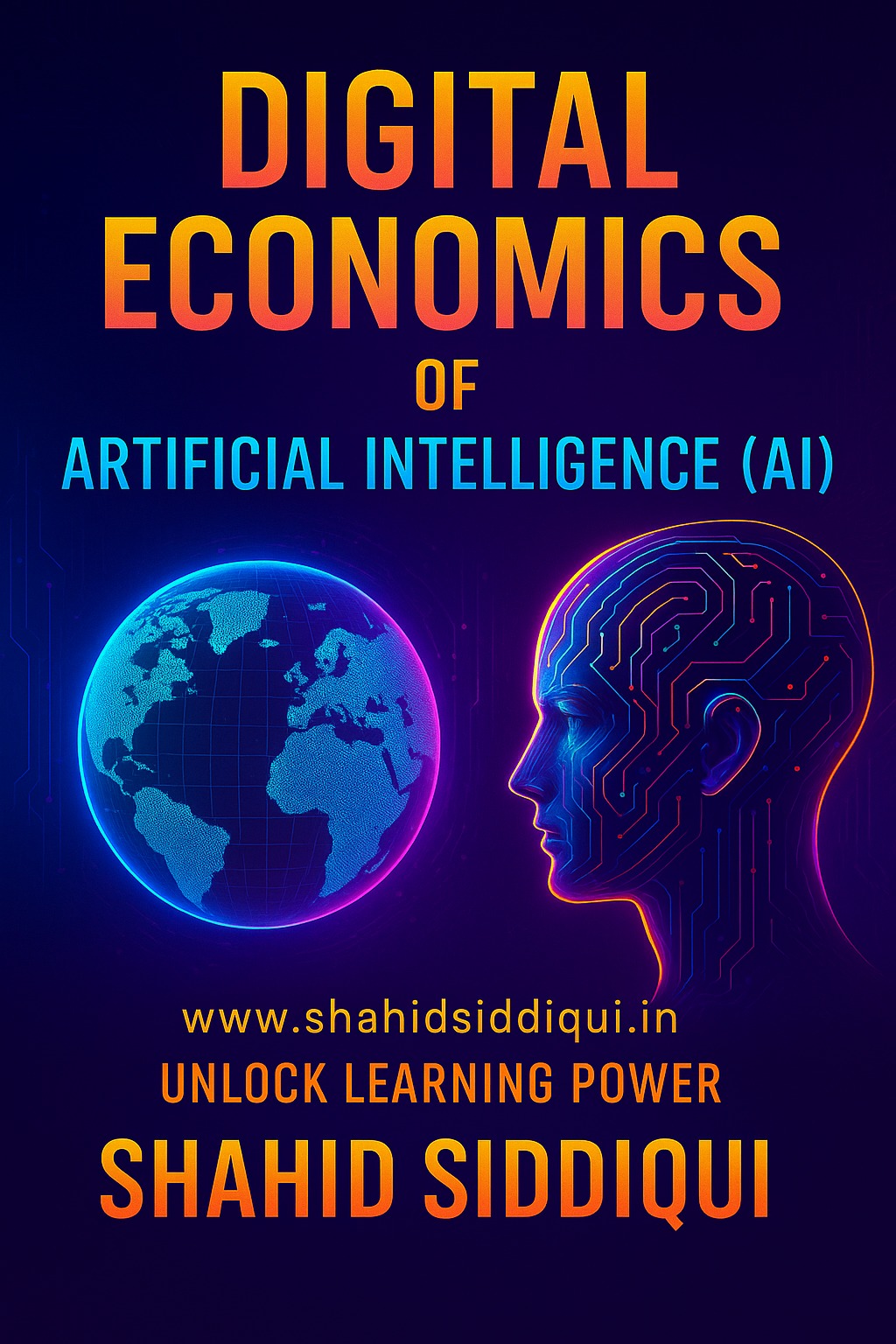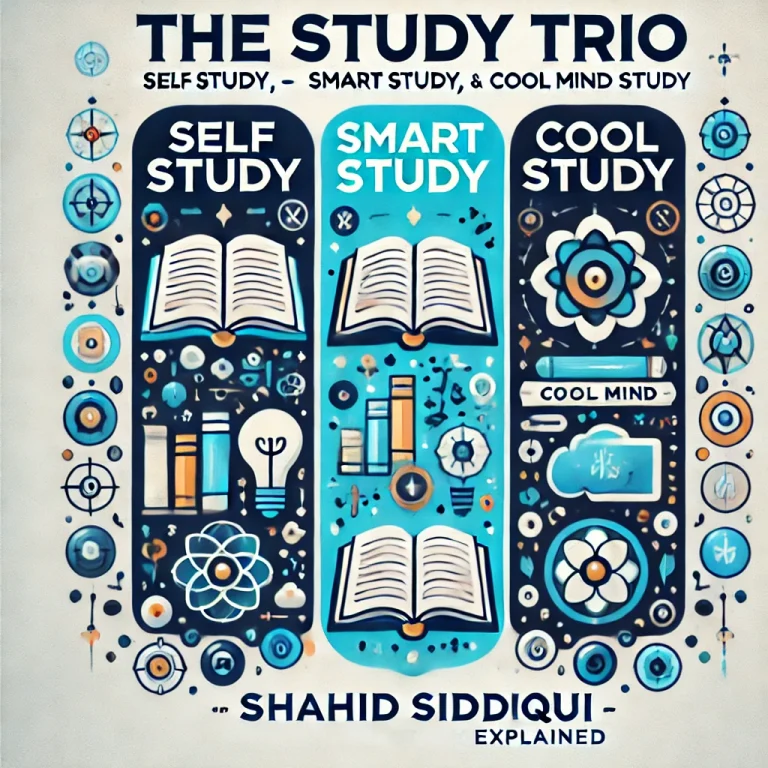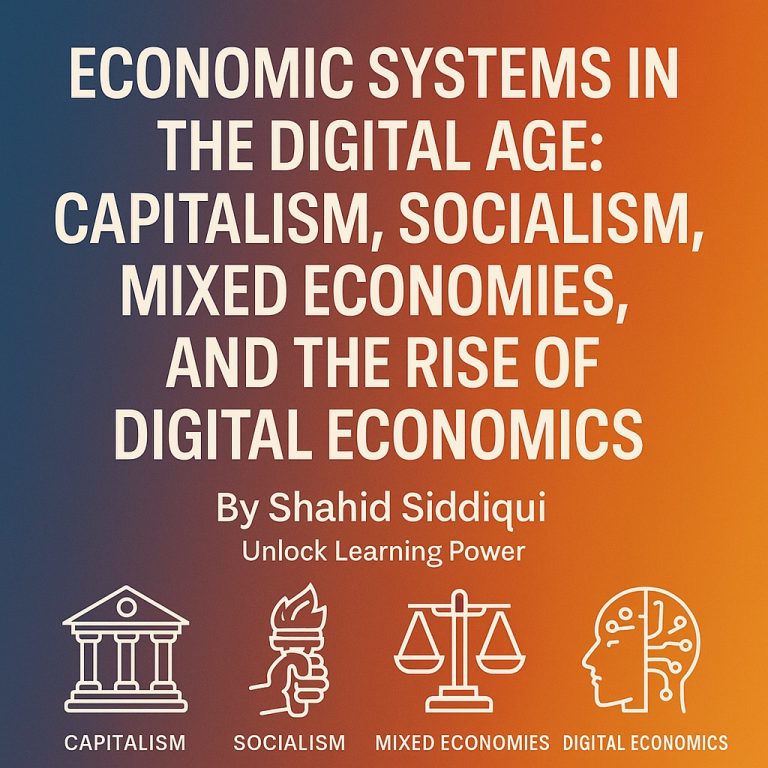Zero Teacher Theory (ZTT): The Future of Education Without Human Teachers
Zero Teacher Theory (ZTT): The Future of Education Without Human Teachers
🔰 Introduction: A Turning Point in Human Learning
For centuries, education has revolved around one central figure — the teacher. From the ancient gurukuls of India, where students lived and learned under the guidance of a guru, to the structured classrooms of modern schools, teachers have always been seen as the torchbearers of knowledge. Their presence symbolized discipline, wisdom, mentorship, and authority. They not only imparted academic lessons but also shaped moral values, character, and life skills. In every corner of the world, the teacher-student relationship was considered sacred and irreplaceable.
However, as we step into the heart of the 21st century, we are witnessing a silent revolution. The rise of Artificial Intelligence (AI) is transforming every aspect of our lives — from how we communicate and travel to how we manage finances, access healthcare, and make decisions. AI is no longer just a tool; it is becoming a partner in our daily activities. And now, it is knocking on the doors of one of humanity’s oldest institutions — education.
This change is not just about smartboards, online videos, or mobile learning apps. What we are facing is a complete structural transformation of the educational ecosystem. The Zero Teacher Theory (ZTT) is a bold and futuristic model that argues that in the near future, the process of teaching will no longer require human teachers. It is not merely about using AI to assist teachers — it is about AI completely replacing the teaching role itself.
The idea may sound shocking or uncomfortable at first. After all, can a machine really replace the human warmth, intuition, and adaptability of a teacher? But Zero Teacher Theory is not built on emotion — it is built on logic, research, and observation. It suggests that AI can be designed to understand each student’s learning style, emotional state, speed, and background. It can teach in multiple languages, adjust itself in real time, give instant feedback, and never tire or lose patience.
More importantly, this shift is not about removing humans. It is about transforming education into a more inclusive, efficient, and personalized experience. Traditional classrooms often struggle with overcrowding, lack of resources, unequal attention, and outdated curriculum. AI can solve many of these problems at once. With the right design and intention, it can bring high-quality education to every child, regardless of their geographical location, economic background, or language.
Imagine a world where a girl in a tribal village in Jharkhand and a boy in a metro city like Delhi can both access the same world-class curriculum, delivered by intelligent systems in their native languages, and tailored to their personal learning needs. This is not just a dream — it is a vision grounded in digital possibility.
Zero Teacher Theory is not anti-teacher. It honors the spirit of teaching by proposing a model where human educators evolve into emotional mentors, content designers, and ethical guides, while AI takes over the repetitive, mechanical, and scalable tasks of teaching. It is a shift from chalk and board to chip and code — a shift that aligns with the broader transformation taking place in the digital economy.
As you read further, this theory will unfold its logic, its potential, and its challenges. You will see how education, like every other industry, is being redefined by digital intelligence. This chapter is not just a prediction — it is an invitation to rethink learning, and to reimagine a world where every learner has the right teacher at the right time — and that teacher may not be human.
🤖 1. What is Zero Teacher Theory?
Zero Teacher Theory (ZTT) proposes that in the coming decades, the education system will no longer rely on human instructors. Instead, learning will be delivered by advanced AI systems that:
-
Understand each student individually,
-
Deliver customized lessons in real time,
-
Evaluate performance without exams,
-
Monitor emotional and mental wellbeing, and
-
Continuously evolve with global knowledge and data.
ZTT envisions an AI-first world, where classrooms become virtual environments, textbooks become interactive databases, and teachers become obsolete as instructors, though they may still exist as emotional or ethical guides.
🧠 2. The Rise of AI Teachers: How It Works
Here’s how Zero Teacher Theory becomes reality:
📌 a. Personalized AI Tutors
AI will act as a private teacher for every student — adjusting content based on learning speed, attention span, language preference, and interest. These AI tutors will:
-
Track student progress in real time,
-
Give feedback instantly,
-
Explain concepts multiple times without frustration,
-
Use games, visuals, or stories to teach difficult ideas.
Example: A rural student in Bihar and a student in Delhi can both learn quantum physics in their own dialect, pace, and style — without any human difference in teaching quality.
📌 b. Emotion-Aware Learning
AI will use facial recognition, voice modulation, and biometric feedback to sense whether the student is confused, bored, tired, or stressed. Based on emotional data:
-
The lesson pace will change.
-
The format may shift (e.g., from text to video).
-
AI may take a short break, motivate the student, or alert a parent.
This creates a human-like emotional intelligence that many current classroom settings lack.
📌 c. No Exams, No Homework
Why have one-day pressure exams when AI can assess learning every second?
ZTT replaces exams and homework with live progress tracking:
-
AI analyzes how a student performs during every activity.
-
Learning gaps are corrected immediately.
-
No need for marks — AI shows real skill development.
This ends rote learning and fear-based systems.
📌 d. Global Curriculum, Real-Time Updates
Unlike fixed textbooks, AI pulls knowledge from current, real-world data:
-
If there’s a global discovery, students learn it today.
-
If job markets change, students train for new skills today.
This makes learning industry-relevant and future-proof.
🏫 3. Death of Traditional Classrooms
Zero Teacher Theory does not need physical schools in the old sense. Instead, we’ll have:
-
AI-enabled home devices,
-
Virtual classrooms using AR/VR, and
-
Offline-first mobile systems for remote areas.
This model is especially transformative for countries like India, where crores of students are affected by poor infrastructure, teacher shortages, and inequality. AI can teach in Hindi, Urdu, Bhojpuri, or Tamil — breaking language and regional barriers.
🌍 4. Educational Equality: AI as the Great Equalizer
One of the most powerful outcomes of ZTT is educational equality.
Before ZTT:
-
Rich urban children got the best teachers.
-
Poor rural children got underpaid, untrained staff — or no teacher at all.
With ZTT:
-
Everyone gets the same intelligent, updated AI tutor.
-
Internet and electricity are no longer barriers with solar devices, offline learning, and regional language access.
Education is no longer a privilege. It becomes a right enabled by technology.
👨🏫 5. What Happens to Teachers? Do They Disappear?
Not completely. Human teachers will evolve:
-
From instructors to mentors and emotional support providers.
-
From lesson deliverers to AI ethicists, curriculum designers, and digital classroom architects.
This is not about removing humans, but redefining their roles in the age of intelligent machines.
🧾 6. Challenges & Ethical Concerns
ZTT is not without risk. It raises important questions:
-
Can AI understand cultural sensitivity like a local teacher?
-
Will children lose human connection and moral values?
-
How will we regulate AI in poor or remote regions?
-
What if AI learning systems are hacked, misused, or biased?
These challenges need strong policy, ethical design, and human-AI collaboration — which is why the role of humans must shift, not vanish.
🔚 Conclusion: ZTT in the Digital Economic Framework
Zero Teacher Theory fits perfectly into the broader scope of Digital Economics of AI. It transforms:
-
How education is consumed (digital access),
-
How it’s produced (AI-generated content), and
-
How it’s valued (skills over degrees).
It will affect government policies, employment patterns, school structures, and even parenting.
In a nation like India — with over 25 crore school-age students — this theory offers a cost-effective, inclusive, and futuristic solution to a broken system.
“The future classroom won’t have a chalkboard. It will have a chip. And the teacher won’t be a person — it’ll be a program.”
— Shahid Siddiqui, Author of Digital Economics of AI
👉 Ready for more?
Continue to Chapter I: Digital Economics of Artificial Intelligence (AI)
🔗 Click here to read the next chapter
Application filed with the Copyright Office, Government of India.
Diary No.: LD-23110/2025-CO | Date: 09 June 2025
Status: Under Scrutiny (examination in process)
© 2025 Mohd Shahid Siddiqui. All rights reserved.


